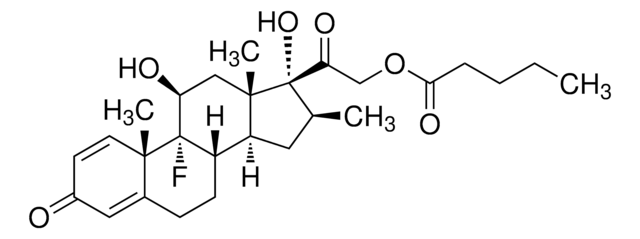SNAP2MB1
SNAP id® 2.0 Protein Detection System
Mini and MultiBlot
Sinónimos:
Protein detection system
About This Item
Productos recomendados
product name
Sistema de detección de proteínas SNAP i.d. 2,0-Mini y MultiBlot (7,5 x 8,4 cm y 4,5 x 8,4 cm), Developed to meet the needs of our Western blotting customers, the SNAP i.d. 2.0 system produces blots of a very high quality. Unique vacuum-driven technology & a built-in flow distributor actively drive reagents through the membrane.
manufacturer/tradename
SNAP id®
technique(s)
western blot: suitable
compatibility
for use with Commercially available blocking reagents
for use with Luminata Western HRP Substrates
for use with Nitrocellulose
for use with PVDF (Immobilon membranes)
for use with blØk<TMSYMBOL></TMSYMBOL>-CH Buffer (cat. no. WBAVDCH01)
for use with blØk<TMSYMBOL></TMSYMBOL>-FL Buffer (cat. no. WBAVDFL01)
for use with blØk<TMSYMBOL></TMSYMBOL>-PO Buffer (cat. no. WBAVDP001)
for use with commercially available detection reagents
detection method
chemiluminescent
colorimetric
fluorometric
shipped in
ambient
storage temp.
room temp
General description
Application
Linkage
Legal Information
Disclaimer
Certificados de análisis (COA)
Busque Certificados de análisis (COA) introduciendo el número de lote del producto. Los números de lote se encuentran en la etiqueta del producto después de las palabras «Lot» o «Batch»
¿Ya tiene este producto?
Encuentre la documentación para los productos que ha comprado recientemente en la Biblioteca de documentos.
Artículos
The possible causes and potential remedies for challenges encountered as a result of blocking, washing, antibody incubation, and detection/exposure of Western blots
Protocolos
The SNAP i.d. 2.0 Protein Detection System is the second generation of the SNAP i.d. method for detecting immunoreactive proteins on Western blots.
Western blot protocol details protein transfer from gels to nitrocellulose, crucial for immunoblotting procedures in research.
Nuestro equipo de científicos tiene experiencia en todas las áreas de investigación: Ciencias de la vida, Ciencia de los materiales, Síntesis química, Cromatografía, Analítica y muchas otras.
Póngase en contacto con el Servicio técnico







